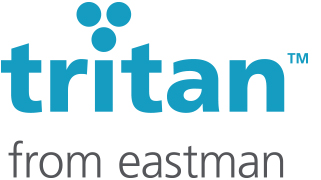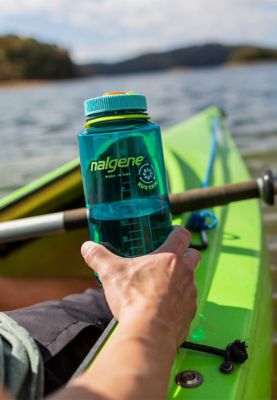Eastman Tritan copolyester is a tough, BPA-free plastic used to make various products you use every day. Products made from Tritan are impact and shatter resistant. Plus, they stay clear and durable, even after years of repeated use and dishwasher cycles.
Yes, Tritan is safe for you and your family. It has been rigorously tested by third-party labs to ensure its safety. It is completely free of bisphenol A (BPA), bisphenol S and any other bisphenol compounds as well as estrogenic and androgenic activity. Tritan is not only chemically safe but also shatter resistant, so the only thing you have to worry about when someone knocks over a product made with Tritan is cleaning up the spill.
The best way to identify if a plastic is safe is to know how it has been tested — and how reliable the scientific testing and conclusions are. Evaluating a plastic using a comprehensive set of reliable and definitive tests is the best approach.
Bisphenol A (BPA) is a compound used in specific plastics, including polycarbonate. BPA is also used in coatings to prevent deterioration of the metal surface in canned foods. BPA is not and has never been an ingredient or byproduct of the production of Tritan. Validation that Tritan is a BPA-free plastic is supported by robust testing and independent, third-party testing by accredited laboratories.
Bisphenol S (BPS) is a chemical compound used in specific plastics and coatings that can potentially be used as a substitute for BPA given the similarity in structure. Tritan is not only BPS-free but also free of all bisphenols and chemicals with similar structures as BPA and BPS.
We’ve put Tritan through comprehensive, independent, third-party testing using respected scientific tests to demonstrate that Tritan is EA- and AA-free.
No, nor is it a measure of the safety of a product. The number, usually located in the center of the triangular recycle symbol, is called the “resin identification code” and is intended to facilitate sorting of material for recycling. Currently, resin identification code “7” is for “other” resins that are not defined by codes 1 through 6. Therefore, a number of unrelated plastics can carry a code 7, including Tritan, polycarbonate, nylon and even the newer bioplastics.
No. Tritan is shatter resistant, so while it has the look and clarity of glass, it won’t break when you drop it or toss it in the bottom of your backpack. It can take all the bumps and drops of daily life and even survive some of the not-so-typical stresses.
Tritan can last through hundreds of dishwasher cycles, numerous hiking trips, and even a few really long falls. Tritan outlasts glass, other plastics and just about every other material when compared through third-party testing.






